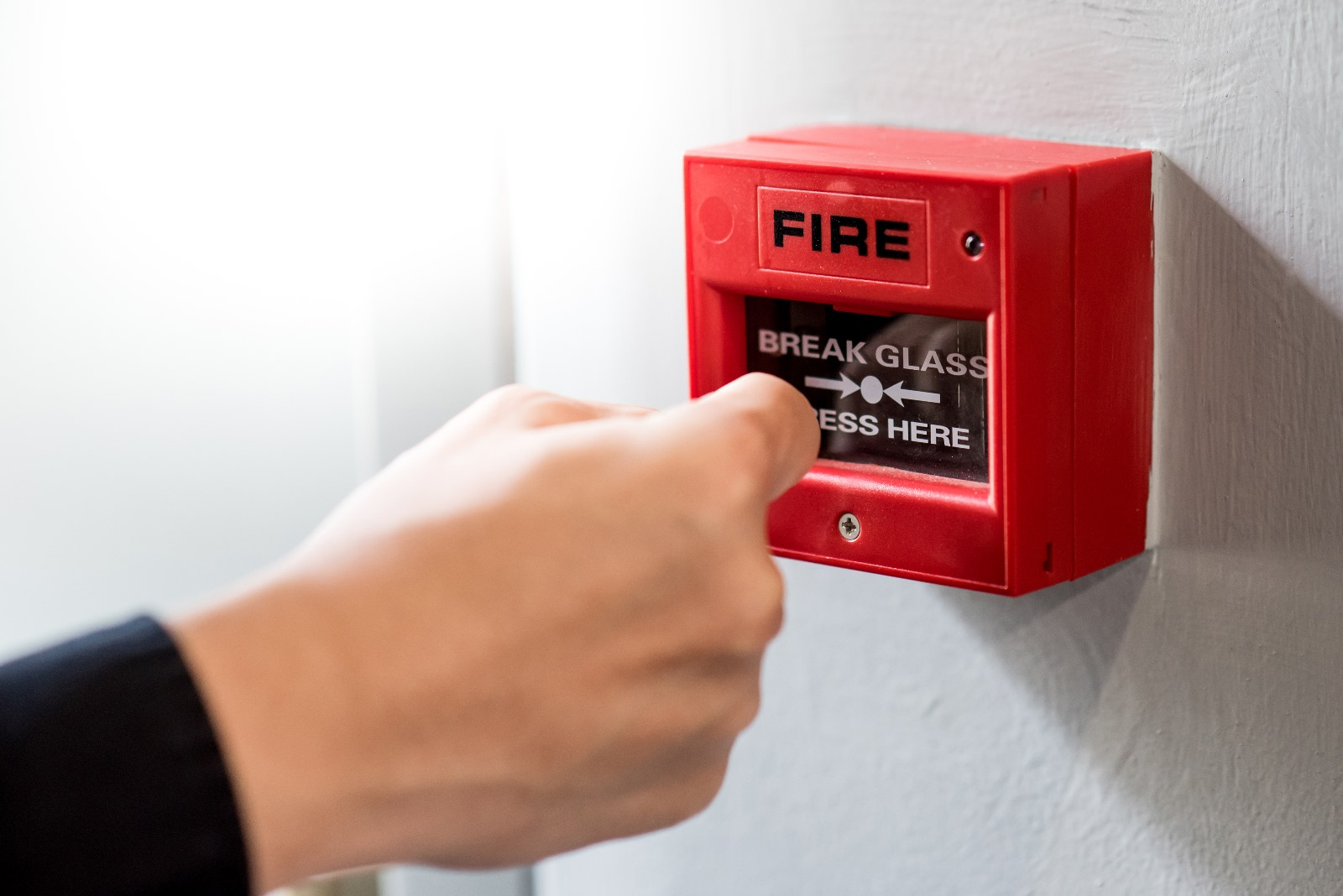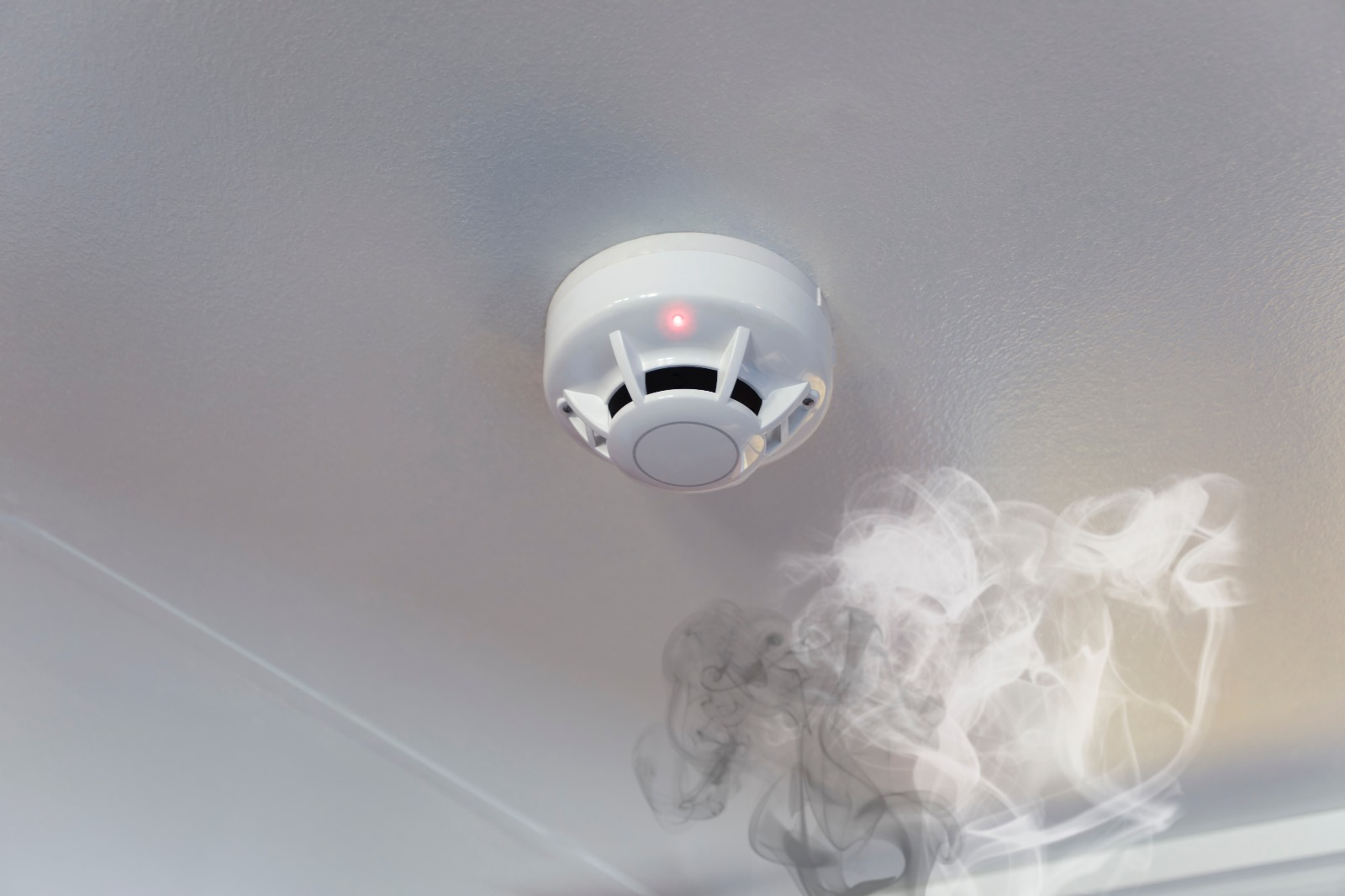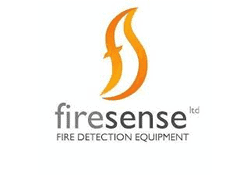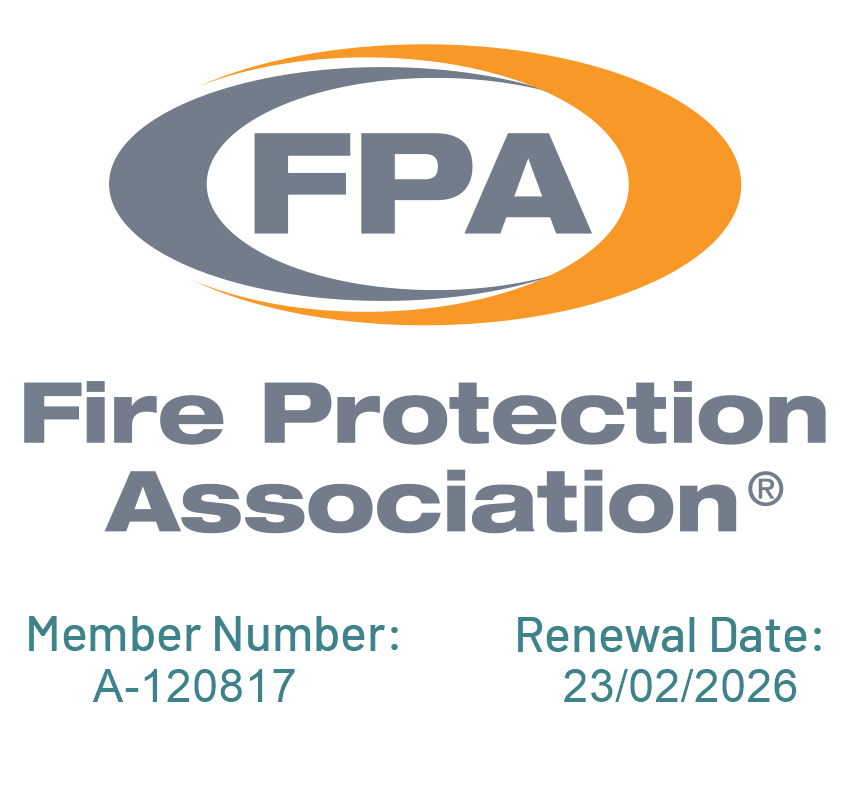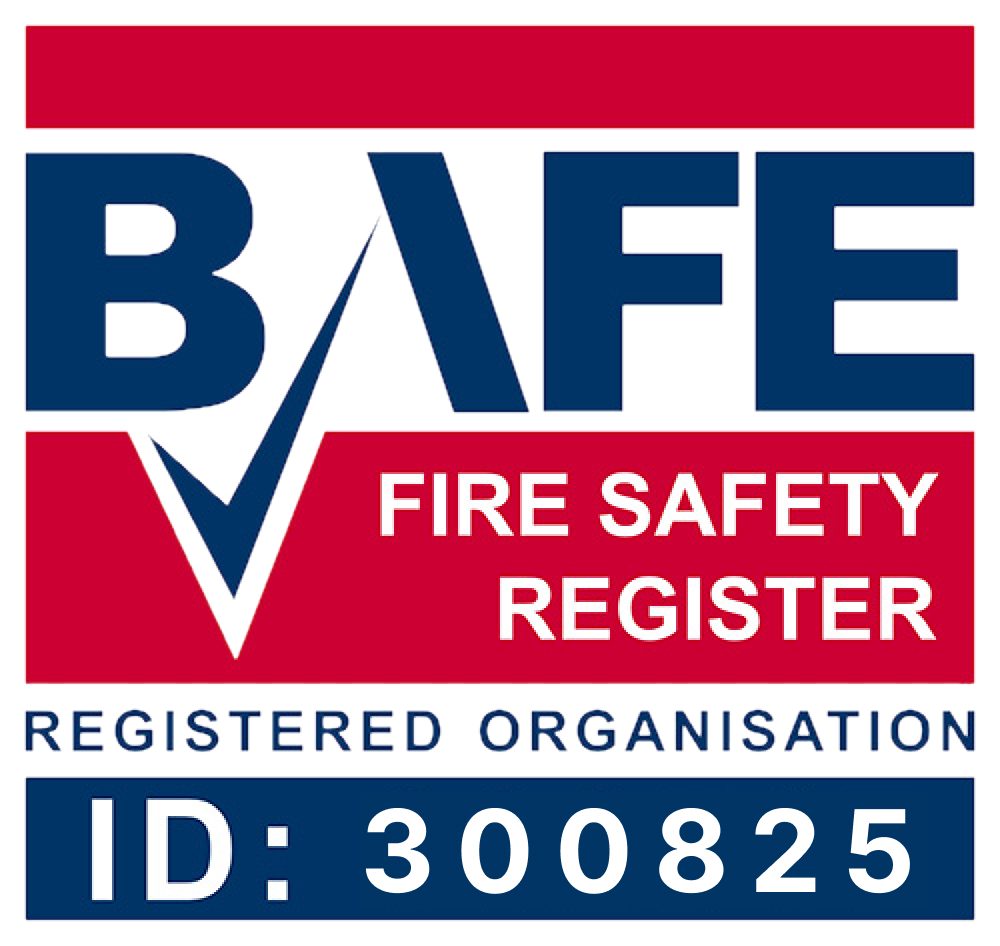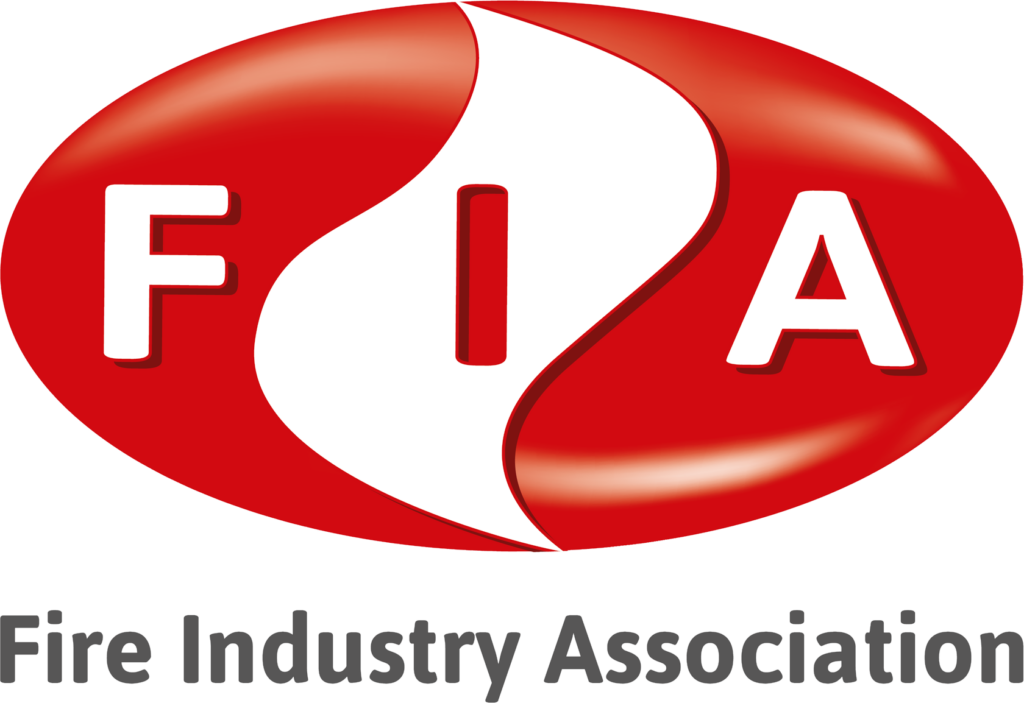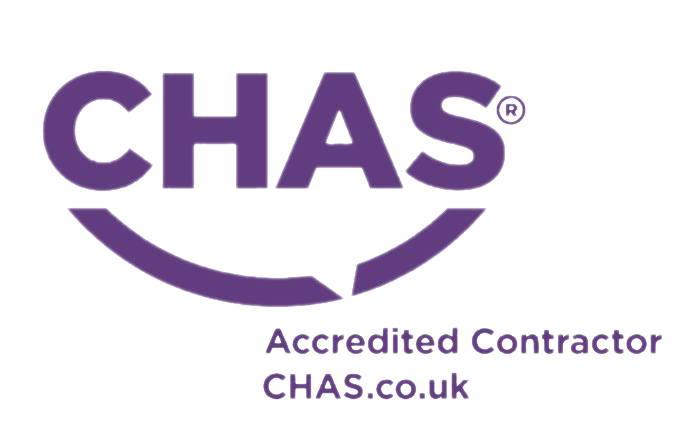Emergency lighting is an essential safety feature in a range of settings, from commercial buildings to residential homes.
It’s important that these lights are regularly maintained and checked for any issues which may cause them to malfunction during an emergency situation.
In this article, we’ll explore the various ways of addressing maintenance concerns when it comes to emergency lighting solutions.
We’ll look at how different environments require different approaches in order to ensure they’re up-to-date with their upkeep, as well as provide guidance on what steps should be taken if faults do occur.
Understanding Emergency Lighting Requirements
Maintaining emergency lighting is like a tug of war between darkness and light. Properly installed, inspected and maintained fixtures are the only way to ensure that you’re on the winning side in any setting.
Emergency lighting requirements will vary from environment to environment. For instance, hospitals must comply with legislation for safe evacuation routes using fire exit signs, whereas office buildings may require additional illuminated signage or luminaires at certain points along corridors. It is important to thoroughly research applicable regulations before proceeding with installation or maintenance activities.
Regardless of the situation, best practices should always be followed when dealing with electrical systems and components; such as disconnecting power prior to working on them and ensuring all wiring meets safety standards.
Regular Testing And Inspection
In order to ensure the effective functioning of emergency lighting, regular testing and inspection are essential. Testing should be conducted in accordance with applicable regulations and standards. It’s important to understand that while some types of tests are carried out on a fixed schedule, others may need to be performed more frequently if certain conditions arise.
To help maintain healthy and safe environments, it’s recommended that:
- Regular checks are made to make sure all fixtures are working correctly.
- Tests such as drop-out tests or run times tests are carried out at least twice a year.
- All necessary repairs or replacements are completed immediately when any issues arise from the testing process.
- Maintenance logs for each fixture are kept up to date so any changes can be tracked over time.
By following these guidelines and conducting regular inspections and tests, we can ensure that our emergency lighting systems remain reliable and effective during an emergency situation.
Working With A Professional
It is essential to regularly test and inspect emergency lighting systems in order to ensure they are functioning correctly. A recent survey states that over two-thirds of businesses admit their emergency lighting system has not been tested or inspected within the last year, highlighting a need for more frequent maintenance.
Working with a professional when dealing with emergency lighting issues can be very beneficial. Not only do professionals have the knowledge and expertise necessary to diagnose any potential problems quickly, but they also know what steps should be taken to create safe and effective solutions.
Furthermore, using experienced professionals allows organisations to stay up-to-date on current legal requirements for emergency lighting systems and ensures these standards are met. Consequently, it is highly recommended that businesses enlist the help of industry experts when addressing emergency lighting maintenance needs.
Identifying And Resolving Faults
Fault diagnosis and repair of emergency lighting can be a difficult task to undertake. In some cases, the fault may not be apparent or easy to locate, making it necessary to trace through wiring diagrams in order to identify any potential issues.
Fault-finding tools such as multi-meters should always be used when working on electrical systems.
When a fault has been identified, repairs must then take place in accordance with applicable regulations and safety standards. Depending on the complexity of the system, this could take from minutes up to days for more complex faults.
It is important that all parts are tested after repairs have been carried out before signing off worksheets and certifying the installation safe for use again.
Thorough records should be kept throughout each job undertaken so that any future problems can be easily traced back if required – this helps ensure both efficiency and cost-effectiveness in terms of maintenance operations.
Maintenance For Different Environments
Having identified and resolved faults in emergency lighting, the next step is to consider maintenance for different environments.
This requires an understanding of the specific requirements each environment presents. In commercial buildings, for instance, it’s important that all aspects of fire safety are tested regularly. These could include smoke alarms and detectors, as well as the emergency lighting itself – this should be done on a yearly basis by a qualified electrician.
In public spaces such as shopping centres or transport networks, additional measures may need to be taken due to the large number of people these areas can accommodate. It’s essential that any problems with emergency lighting are dealt with quickly and efficiently; therefore regular routine checks must be carried out by technicians who have experience in this field. Furthermore, detailed records must be kept so that any repairs necessary can be tracked accurately over time.
Risk Assessment For Safety
Risk assessment for safety is like a tightrope walker assessing their line – it requires great care and attention to detail. If the right steps are not taken, then disaster can follow.
To ensure that emergency lighting maintenance issues are appropriately addressed, the following should be considered:
- Knowing what risks may arise when dealing with different settings
- Creating an action plan in case of any unexpected problems
- Inspecting equipment regularly to keep up standards and reduce potential hazards
- Training personnel on how best to respond if something does go wrong
These four points provide a firm foundation upon which all safety measures can build. With these considerations in place, organisations will remain vigilant against any unforeseen issues.
This way, they can protect those who use their buildings and create an environment where everyone feels secure knowing emergency lighting won’t fail them in times of need.
Adhering To Regulatory Guidelines
It is essential to ensure that emergency lighting systems are maintained in accordance with relevant regulatory guidelines. This includes regularly checking the integrity of equipment, and ensuring all components meet technical specifications. Failure to adhere to these regulations can lead to serious safety implications for both staff and customers alike.
Furthermore, it is important that any maintenance work conducted on emergency lighting systems should be done by personnel who have been appropriately trained in compliance with industry standards. All testing should be documented accurately and kept up-to-date so that records can be referred back to at a later date if necessary. So, proper attention must be paid when working with this type of system as it has potentially life-saving consequences if not managed correctly.
Not following these procedures might result in legal repercussions as well as significant financial losses due to non-compliance. Moreover, there may also be reputational damage associated with such an occurrence which could cause long-term repercussions for a business or organisation’s image.
Therefore, taking appropriate action now will help guarantee the continued safe operation of the premises and its occupants.
Frequently Asked Questions
What Is The Cost Of Maintenance For Emergency Lighting?
The cost of maintenance for emergency lighting can be steep, depending on the setting.
Ensuring that all necessary standards are met in every situation requires both a financial and personnel investment – one which is often overlooked until an issue actually arises.
Though it may seem daunting at first to take this step forward, doing so can prevent costly repairs and ensure safety for everyone involved.
Therefore, investing in proper emergency lighting maintenance now will save time and money down the road.
How Often Should Emergency Lighting Be Tested?
Emergency lighting should be tested regularly to ensure that it remains in good working order. The frequency of testing will depend on the environment, with some areas requiring more frequent check-ups than others.
In most cases, emergency lighting systems require an inspection and test at least once a year – although this can vary from six months up to three years depending on the type of system.
It is recommended that businesses have their systems inspected by a qualified professional who can carry out any necessary maintenance or repairs if needed.
What Qualifications Do Professionals Need To Work With Emergency Lighting?
Qualifications for professionals working with emergency lighting are important to consider. They must have a comprehensive knowledge of the relevant safety regulations and be able to identify any potential issues or risks in order to ensure they can adequately look after such systems.
Professionals must also possess appropriate electrical qualifications and experience, as well as be up-to-date on their training.
All engineers should be registered with an approved body such as NICEIC or ELECSA before they are allowed to work on these systems.
How Long Does It Take To Identify And Resolve A Fault?
Figuratively speaking, identifying and resolving a fault with emergency lighting can be like playing a game of detective: piecing together clues until you’ve solved the puzzle!
But how long does this adventure take? Well, it depends on the complexity of the issue.
Generally, experienced professionals are able to complete their investigations in no time at all – often within just an hour or two.
What Are The Safety Risks Associated With Emergency Lighting Maintenance?
It is essential to consider the safety risks associated with emergency lighting maintenance.
This includes having a thorough understanding of all health and safety regulations, proper training for staff who will be carrying out any work on the installation, as well as ensuring that all tools used are up-to-date and fit for purpose.
Furthermore, it’s important to properly inspect each light before attempting any repairs or replacements, in order to identify faults quickly and accurately.
Ultimately, taking these precautions into account during emergency lighting maintenance can help minimise potential hazards and ensure the job is done safely.
In conclusion, emergency lighting maintenance is a delicate yet important task. It requires professionals with the right qualifications and experience to ensure that these systems are working efficiently and safely at all times.
With regular testing and careful attention paid to any faults identified, the risks associated with this kind of work can be kept to an absolute minimum. As such, if you ever find yourself in need of emergency lighting maintenance services, make sure that they are carried out by someone who truly knows what they’re doing; your safety may depend on it!

